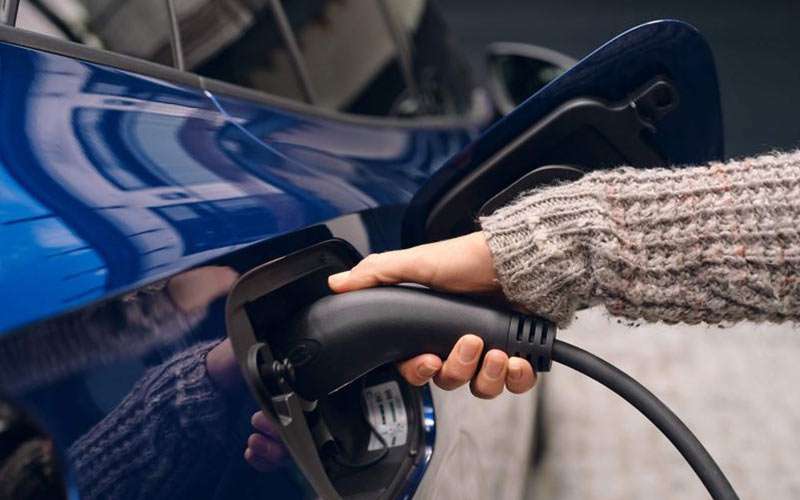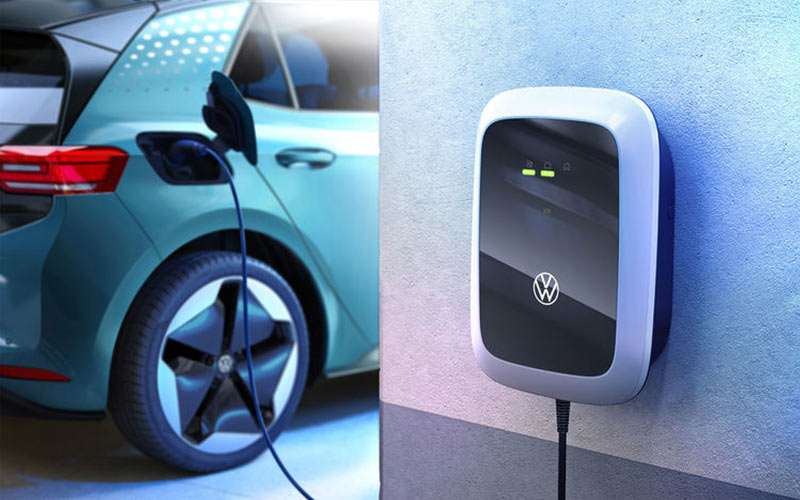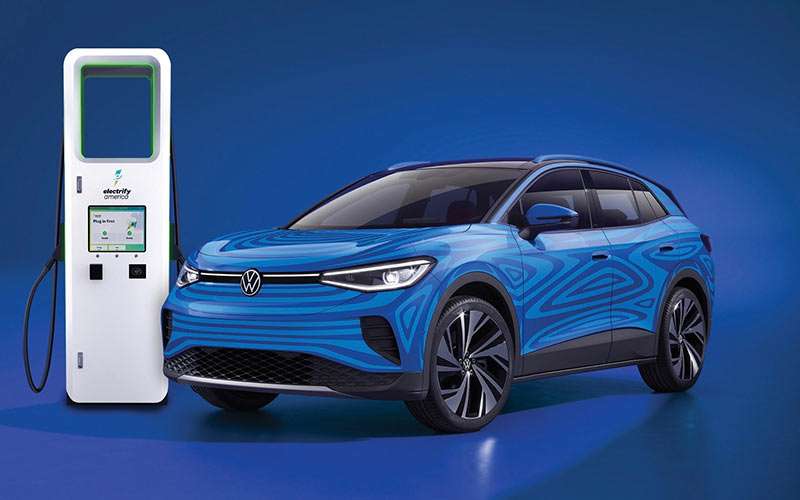EV Charging Types - Charging Your Volkswagen EV in Michigan

Following the debut of the groundbreaking Volkswagen ID.4 – more and more drivers are considering making the transition to an all-electric vehicle. Made possible by a rapidly-growing network of public charging stations along with the development of convenient home charging solutions – there’s never been a better time to join the all-electric revolution. In an effort to help you better understand the multitude of charging options available on today’s electric vehicles, our team at Volkswagen of Ann Arbor has assembled this informative EV charging reference guide. You’ll discover all of the differences between the various levels of charging along with the advantages and benefits associated with each level.
EV Charging Types Explained

Level 1
First, we’ll cover the most common type of charging that’s known as Level 1 EVSE. A standard feature included with the majority of electric vehicles including the Volkswagen ID.4, the primary advantage of Level 1 charging is its ability to be used with a common 120-volt household AV outlet. You also can’t beat their portability, making it easy to bring your charger along with you when traveling. Level 1 charges are typically only used when topping off your battery overnight when you have no access to a faster charging station. One drawback to Level 1 charging is the fact that they are typically only rated to provide somewhere between 2 to 5 miles of range per hour of charging. They’re best used only in instances where you aren’t relying on a full battery or as a last resort scenario.

Level 2
If you’ve been looking for the ultimate way to keep your new EV fully charged and ready for whatever your day has in store for you? When you install a Level 2 charging station in your driveway or garage, you’ll have the ability to wake up each morning with a battery that’s charged to 100% capacity. While Level 2 stations require access to a 240V AC outlet, they’re able to add anywhere between 10 and 60 miles of EV range per hour of charge time. In addition to other specialized equipment, Level 2 stations need an electrical circuit of 20 to 200 amps.
Fortunately, the majority of residential homes already have 240V electrical service for big appliances like air conditioners, electric ranges, and electric dryers. Even though your home likely has this electrical service, it’s essential to consult a licensed electrician in order to properly install your home charging station to comply with local, state, and national regulations. The most popular location to install a home charging station is inside a garage although options do exist for installing a freestanding station outdoors in your driveway.

Level 3
Without question, the fastest way to charge your Volkswagen EV is to visit a Level 3 charging station. Level 3 charging can recharge an EV at a rate of up to 3 to 20 miles of range per minute of charge time*. Also known as DC Fast Charging, Level 3 charging stations are most commonly found in high-traffic locations like office complexes, shopping centers, or rest stops. Due in part to this rapidly expanding network of fast charging stations, it’s now possible to travel from coast-to-coast using solely electric power. Volkswagen is dedicated to expanding the availability of charging stations, lowering charge times, and expanding battery capacities to make owning an EV more appealing than ever before.
*Source: Forbes - https://www.forbes.com/wheels/advice/ev-charging-levels/

